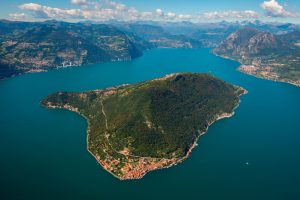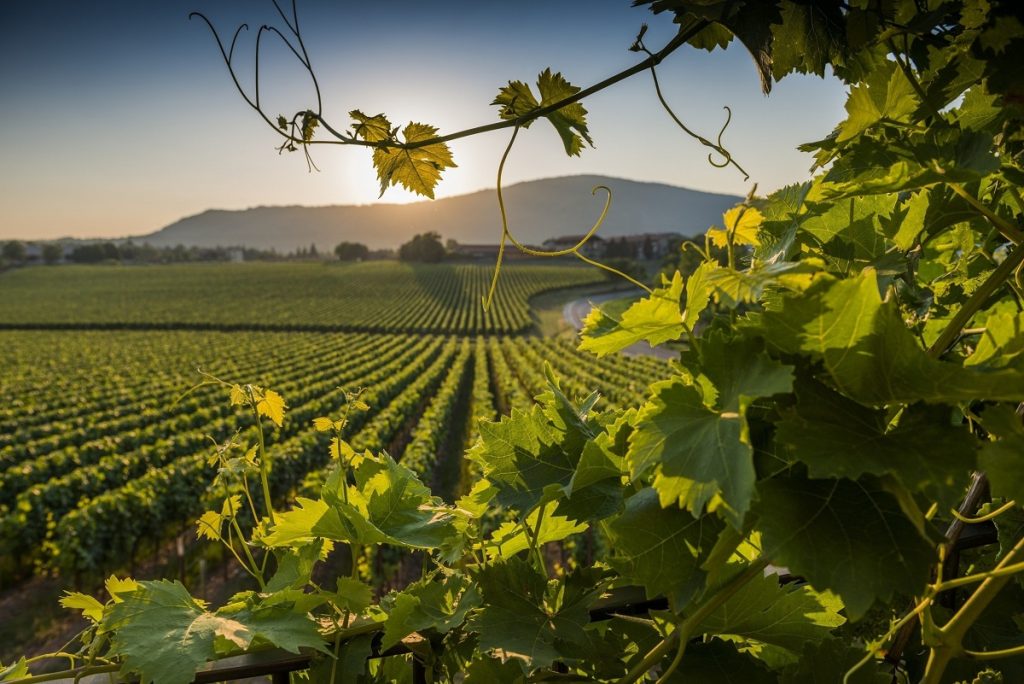

Discovering Franciacorta
Lettura: 6 minSituated a short distance from Brescia and Lake Iseo, Franciacorta is an area famous for the production of the wine of the same name, the Franciacorta DOCG. Not only that: a beautiful hilly landscape, fascinating cultural and historical sites, opportunities for outdoor sports and recreation make the Franciacorta area a surpising find for many first-time visitors.
One particular tourist attraction is the Strada del Franciacorta, 90 kilometers of breathtaking views among rows of vines and through picturesque villages, and the association of the same name that offers technical and organizational support for an unforgettable vacation.
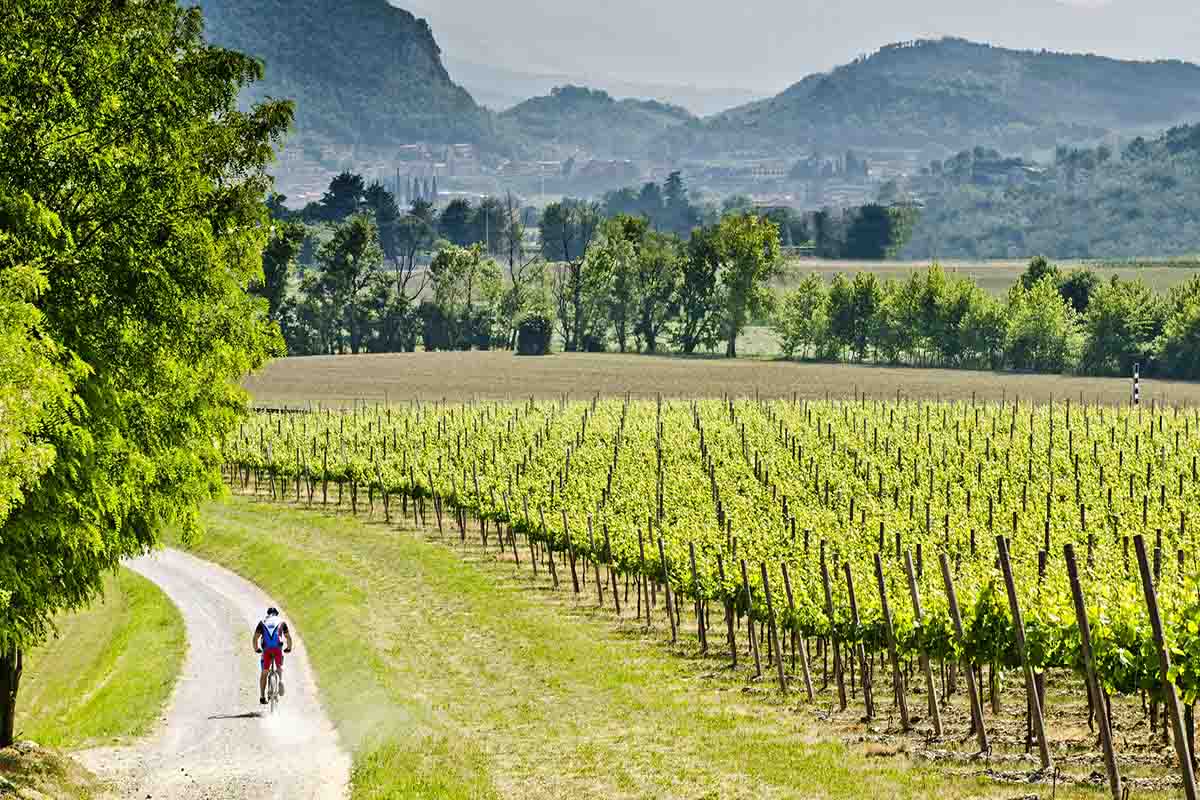

Franciacorta: overview and origin of the name
Franciacorta stretches for about 200 km and covers 19 Brescian municipalities: from Iseo to Ome, from Adro to Cellatica, from Rovato to Rodengo Saiano, each town boasts its own peculiarities, whilst they all share the great traditions of good wine and beautiful natural surroundings.


The landscape features picturesque hillsides dotted with vineyards, which over time have replaced the original woodland. The first traces of vineyards date back to the prehistoric era; vine cultivation grew uninterruptedly from Roman times until the height of the Middle Ages, thanks to the favorable climate and good soil conditions.
The first appearance of the name “Franzacurta” dates back to 1227, and there are several interpretations: the most credited links it to the “Francae Curtes.” Indeed, it is said that, after the arrival of Cluniac monks in the 11th century, the region benefited from exemption from duties.
Franciacorta: great wine… and food
Let’s take a look at what to do and see in Franciacorta, focusing on the main strength of this area: the wine culture. It is right here, among the mineral-rich moraine hills that Franciacorta DOCG is made, produced according to the classic method of bottle re-fermentation, with the variants Franciacorta, Franciacorta Satèn and Franciacorta Rosè.


Franciacorta is a wine of fine quality, ideal for serving for a whole meal: all courses can be accompanied by the different types of Franciacorta. Local wine culture goes hand in hand with the growth of high-end dining: many local restaurants and wineries offer sophisticated menus and carefully studied wine-food pairings, with brilliant results.
The local delicacies include in particular beef slow-cooked with Rovato oil and served on a bed of polenta. As a suitable pairing, dry Franciacorta Millesimato or Riserva is certainly the best choice. Other typical dishes from the area include Clusane tinca al forno (tench), to be enjoyed with a Franciacorta Extra Brut, and Risotto al Franciacorta, perfect with a Franciacorta Pas Dosé.


To find out all the details about types, methods, stages, and pairings of Franciacorta DOCG, visit the official website of the Consorzio Franciacorta.
Wine tourism
Wineries dedicated to the production of Franciacorta DOCG open their doors to the public for a truly unforgettable experience: visiting a winery means learning about the logic of wine production, discovering its secrets and, of course, tasting. Check out the official website to scroll through the list of wineries and find information on guided tours and tastings.


Franciacorta: what to do and see
Have you decided to spend a quiet weekend in Franciacorta? Discover the cultural, relaxation, shopping, outdoor activities and food and wine opportunities that the region has to offer for you and the whole family!
1. Torbiere del Sebino Nature Reserve
The Reserva Naturale delle Torbiere del Sebino is an area of great naturalistic interest located in the southern part of Lake Iseo, between the towns of Iseo, Provaglio d’Iseo and Corte Franca. This area, with a significant proportion of wetlands, offers wonderful colors especially at sunset, and is home to interesting fauna, including the red heron and the marsh harrier. The varying depth of the water makes the ecosystem ideal for the coexistence of very different species of flora, including some exotic plants.
Visualizza questo post su Instagram
The Torbiere del Sebino (peat bogs) are open year-round from sunrise to sunset.
2. Monastero di San Pietro in Lamosa
A short walk from one of the access points to the peat bogs, there is the beautiful Monastery of St. Peter in Lamosa, in the town of Provaglio d’Iseo. The original church was donated by a wealthy family to the monks of Cluny in 1083, and over the centuries it underwent several transformations passing through different hands until it became the property of another aristocratic family.
It was not until 1983 that the family ceded the monastery to the municipal authority, and with restoration work lasting more than 20 years, today it has been returned to the local people, with its history, its great frescoes and as a venue for cultural and musical events.
From its elevated position, the monastery provides a splendid view over the peat bogs and the surrounding area.


3. Olivetan Abbey of Saints Nicholas and Paul VI
A true gem that stands out among the various religious complexes in northern Italy, the Olivetana Abbey of Saints Nicholas and Paul Vi is located in Rodengo Saiano. It was founded before 1050 by Cluniac monks at a strategic point on the outskirts of the city and a destination for pilgrims, in its golden years the residence of the most important Brescian artists.
The advent of Napoleon marked the beginning of the decline of the Abbey, which was turned into a farm and later recovered by Paul VI and returned to the Olivetan monks.


There are three stunning cloisters and the picturesque Church of St. Nicholas, with beautiful frescoes by Romanino in the sacristy. Art lovers must not miss a tour of the ante-refectory to see the frescoes by Lattanzio Gambara, another important Brescian artist.
4. Outdoor activities: golf, cyclilng, hiking, Nordic walking
Franciacorta is increasingly embracing its vocation as the ideal destination for outdoor sports and activities in general.
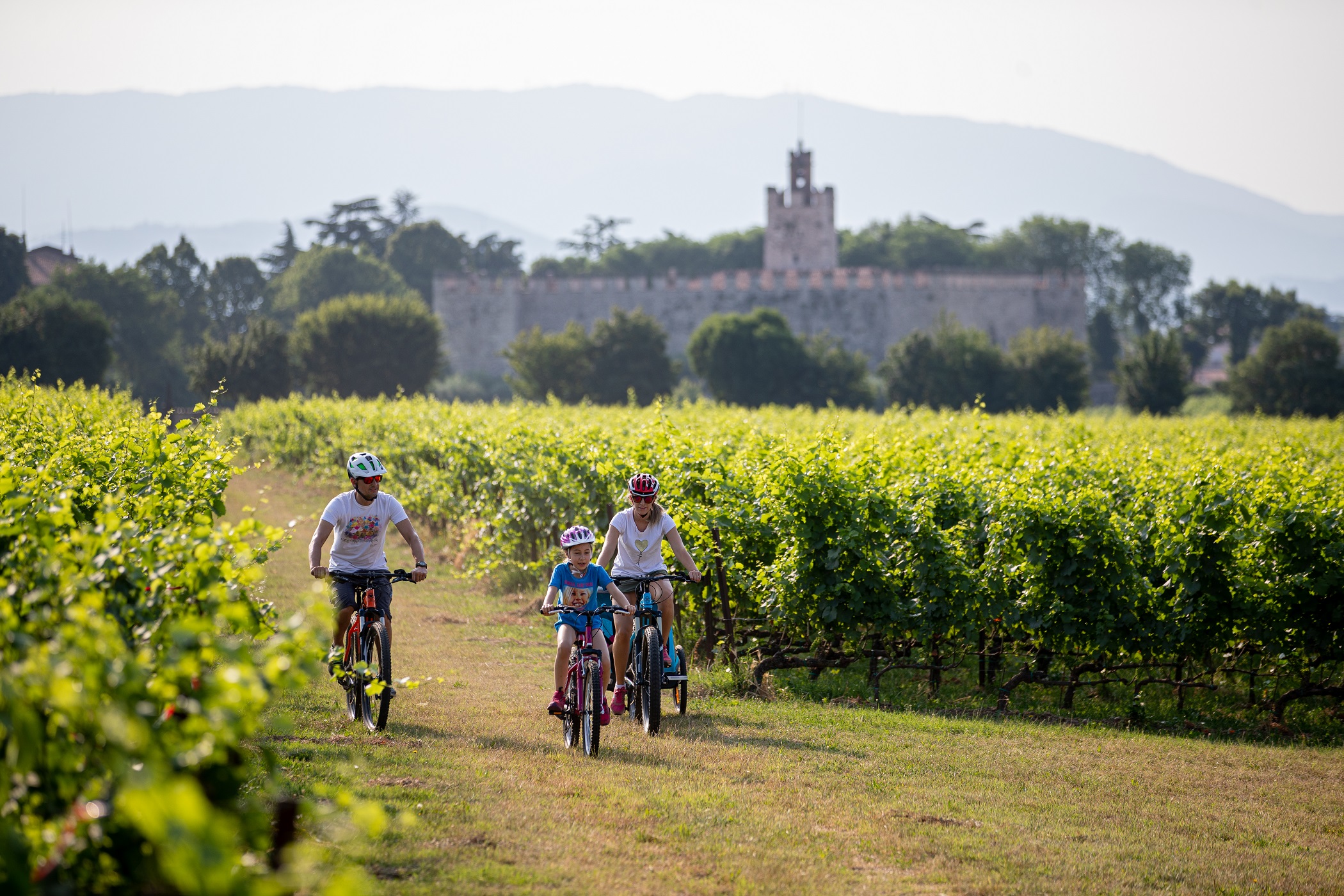

Proposals include:
- Cycling tourism routes among the magnificent hills and vineyards of Franciacorta;
- Hiking and Nordic walking routes on the Brescia – Iseo route, on Monte Orfano, to Erbusco, Borgonato and to other destinations;
- Golf courses and schools.
5. Tour of the Castles
Did you know that Franciacorta boasts a number of castles? The list is long and interesting: Castle of Bornato, Castle of Passirano, Castle Quistini of Rovato, Castle of Capriolo, Castle of Paderno, Castle of Gussago, Castle Carmagnola of Clusane are among the best-preserved examples. Many of them are open to the public and host wine tastings.
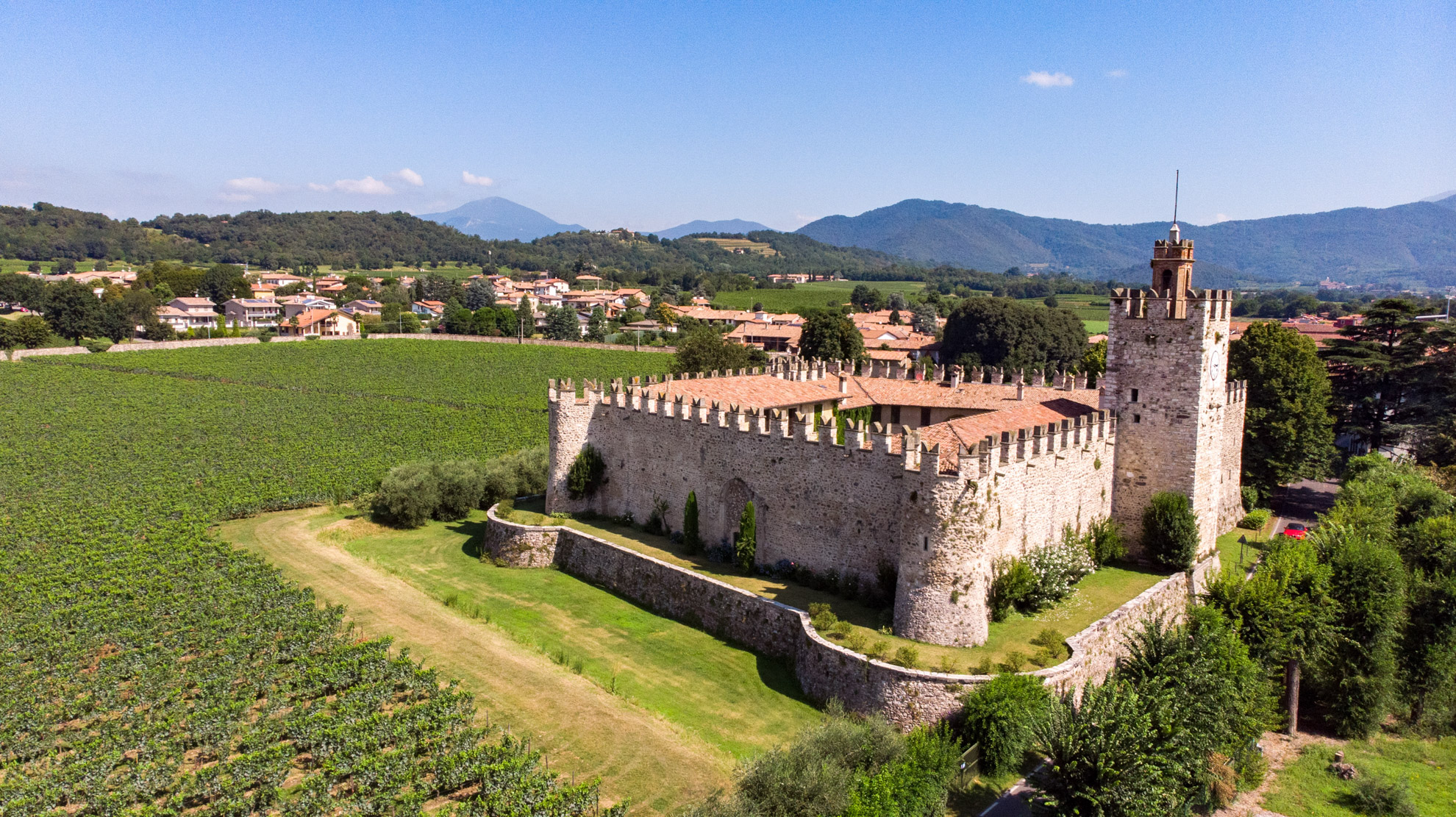

6. Shopping at Franciacorta Village
Between tours, why not indulge in a bit of fun shopping? Rodengo Saiano is home to the Franciacorta Village, with more than 160 outlets featuring the best brands that offer products discounted by up to 70 percent compared to traditional stores.


You can find pretty much anything: clothing, shoes, leather goods, home goods, perfumery, stationery, underwear. And between stores, treat yourself to a break at one of the Village cafes.
Franciacorta: how to get there and how to get around
By plane
Franciacorta is only 38 km from Bergamo-Orio al Serio airport, 75 km from Verona-Villafranca-Catullo airport, 80 km from Milan-Linate and 110 km from Milan-Malpensa.
By car
Reaching Franciacorta by car is very easy. You can get there from the A4 (Rovato exit) and A35 (Rovato Sud and Castrezzato exits) highway from Milan to Venice. For those arriving from the Val Camonica and other areas of Brescia, we recommend following the signs for Iseo.
By train
Another possibility is by train on the Trenord Brescia – Iseo – Edolo line: many towns in Franciacorta are served by train stations, and you can take your bike or rent one locally.
Get ready to experience Franciacorta with our suggestions: enjoy your stay!.









